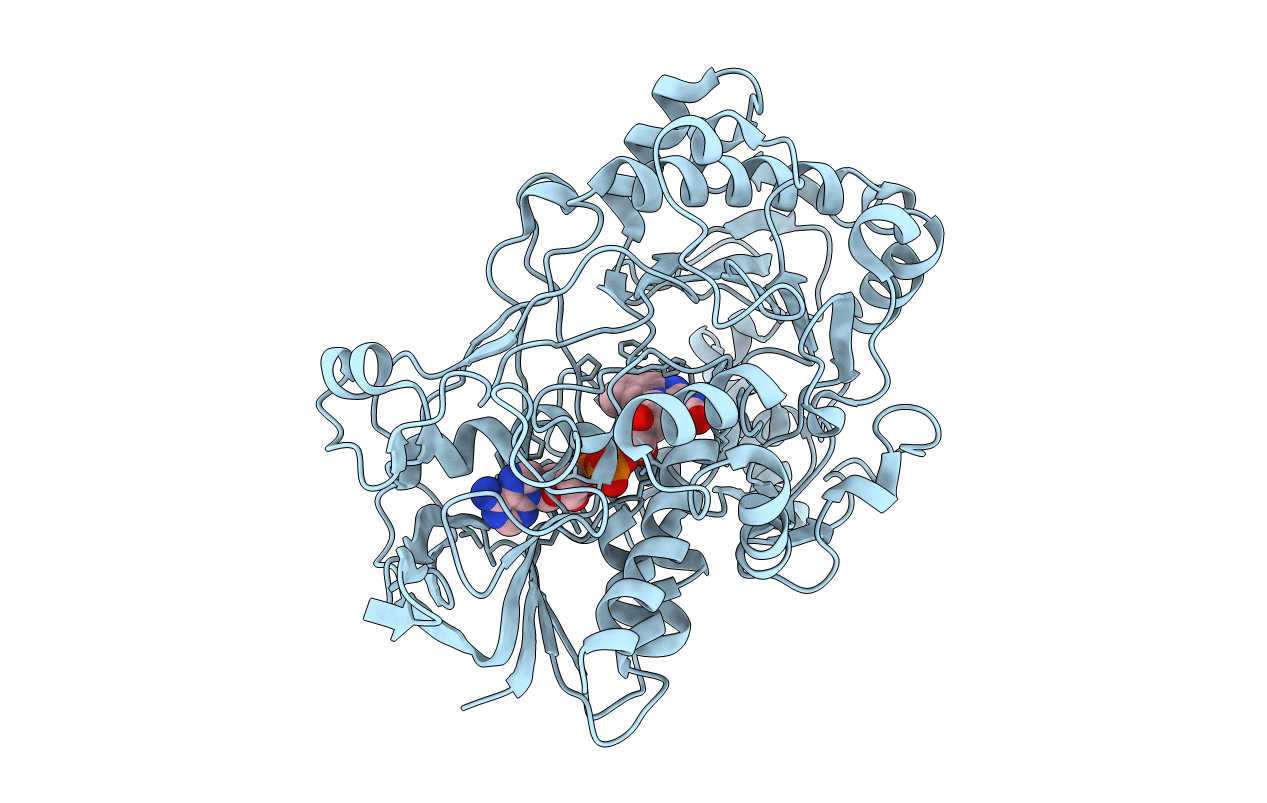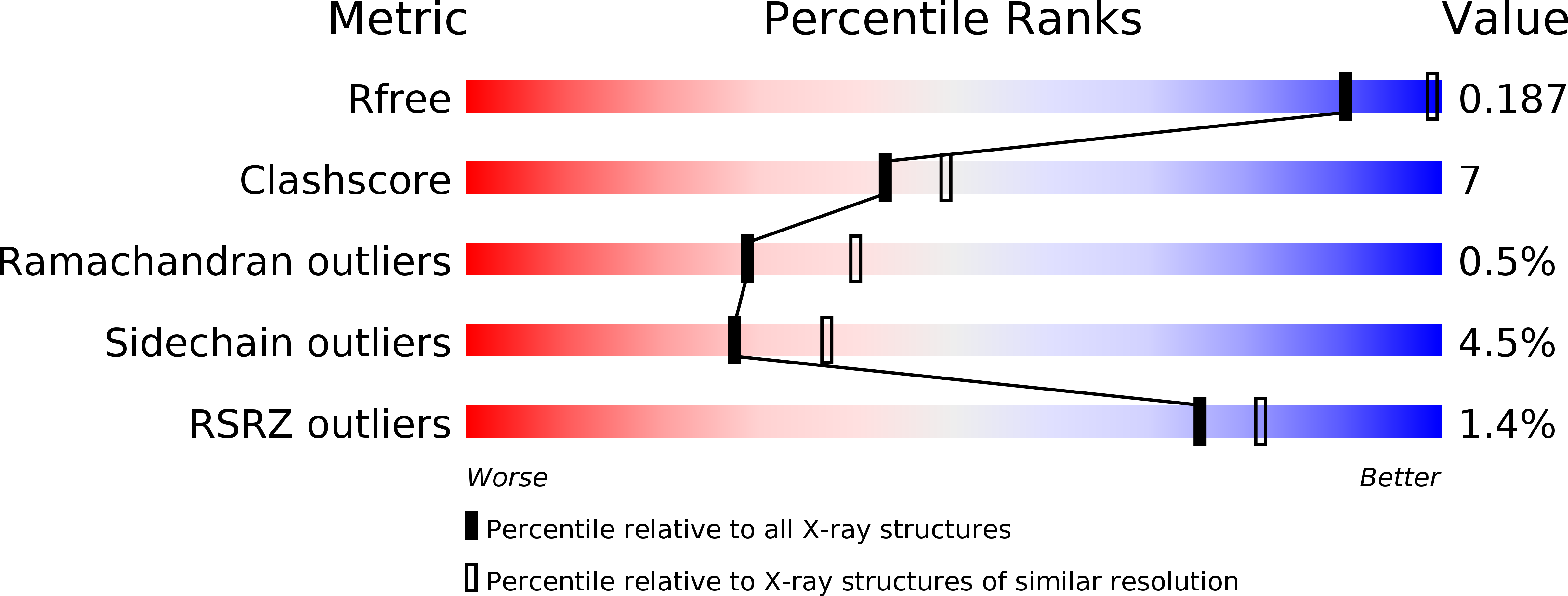
Deposition Date
2008-12-12
Release Date
2009-11-03
Last Version Date
2024-11-13
Entry Detail
PDB ID:
3FIM
Keywords:
Title:
Crystal structure of aryl-alcohol-oxidase from Pleurotus eryingii
Biological Source:
Source Organism:
Pleurotus eryngii (Taxon ID: 5323)
Host Organism:
Method Details:
Experimental Method:
Resolution:
2.55 Å
R-Value Free:
0.20
R-Value Work:
0.17
R-Value Observed:
0.17
Space Group:
P 64 2 2


